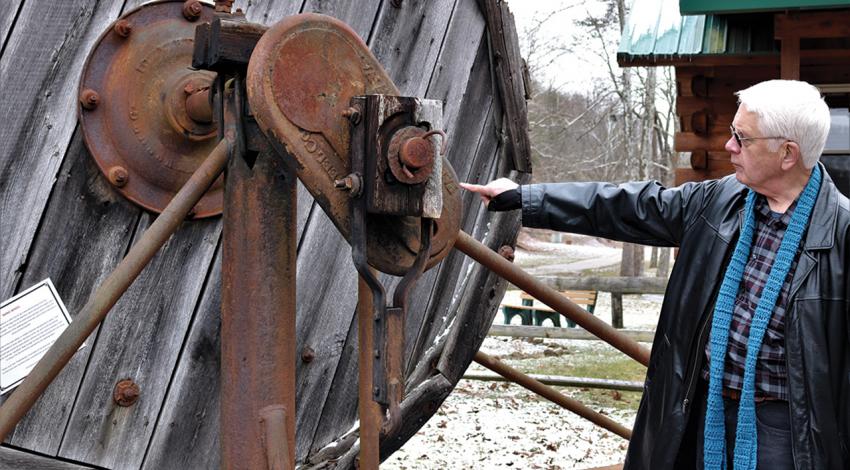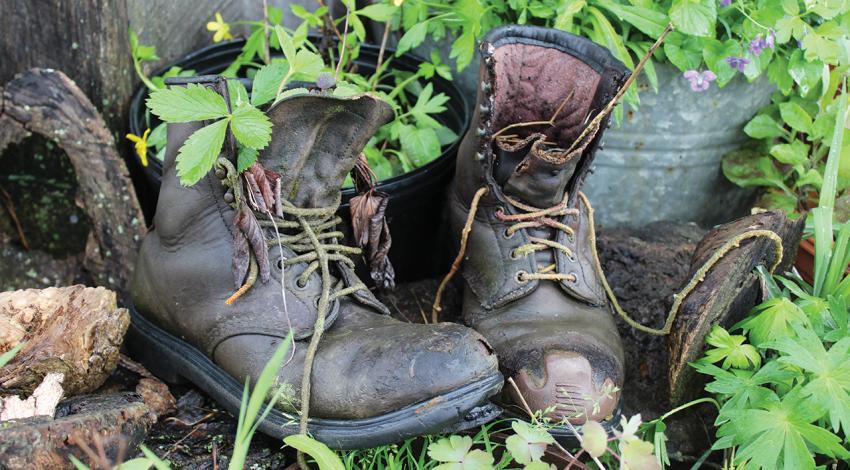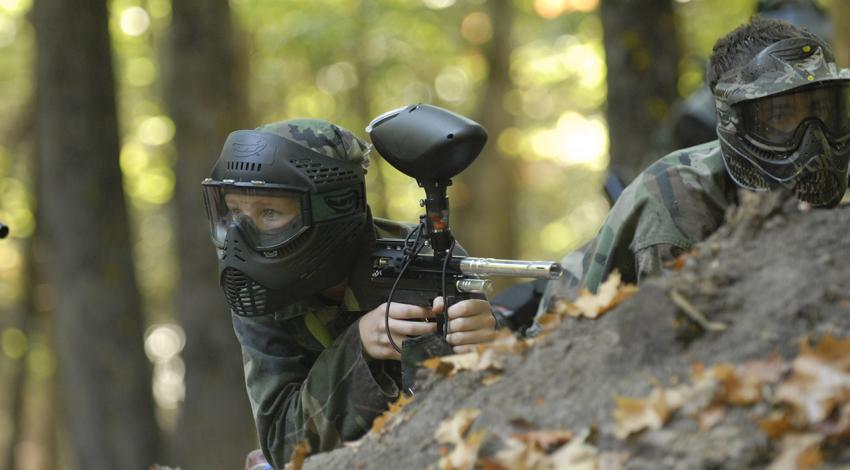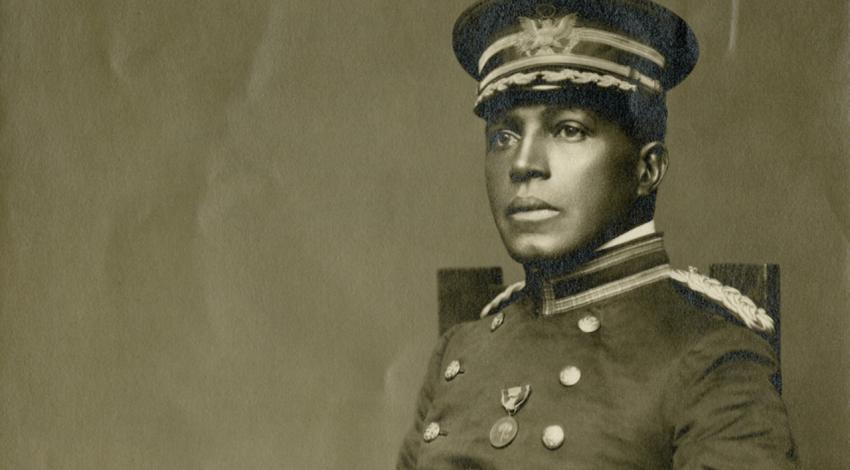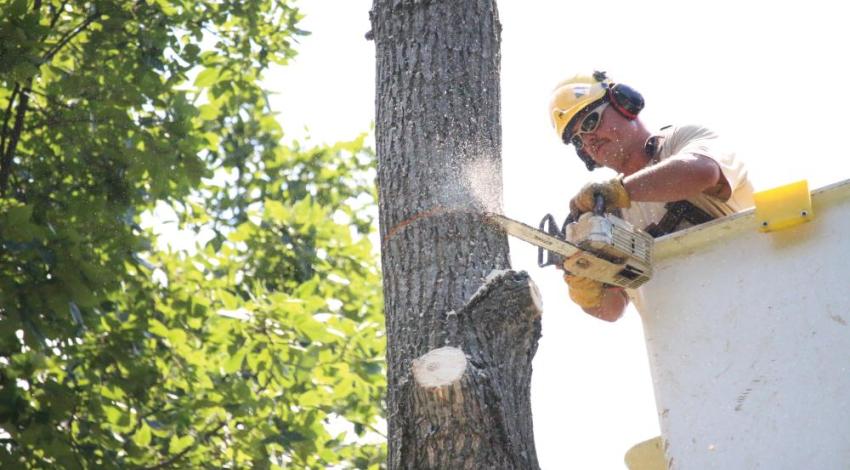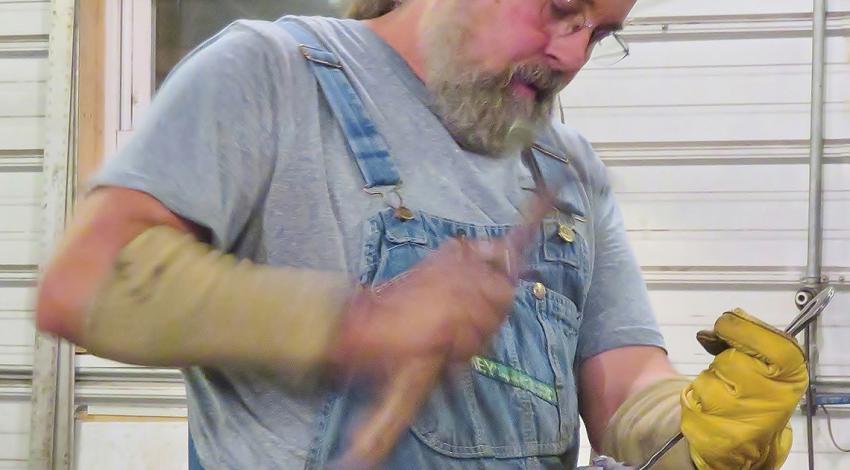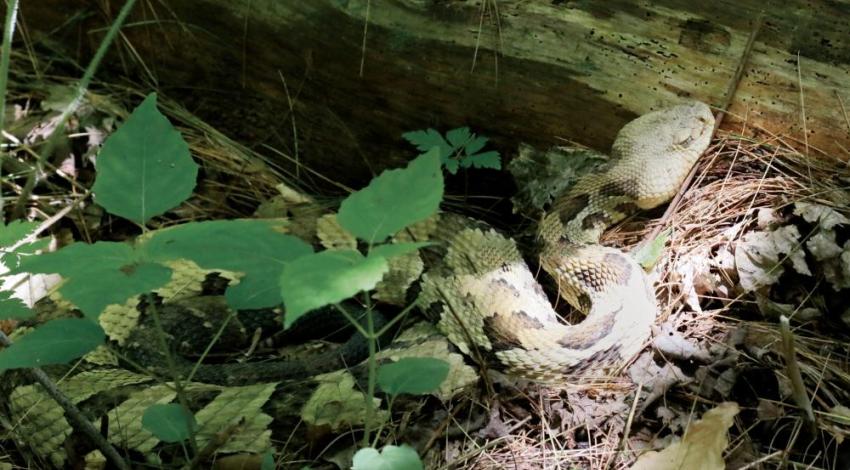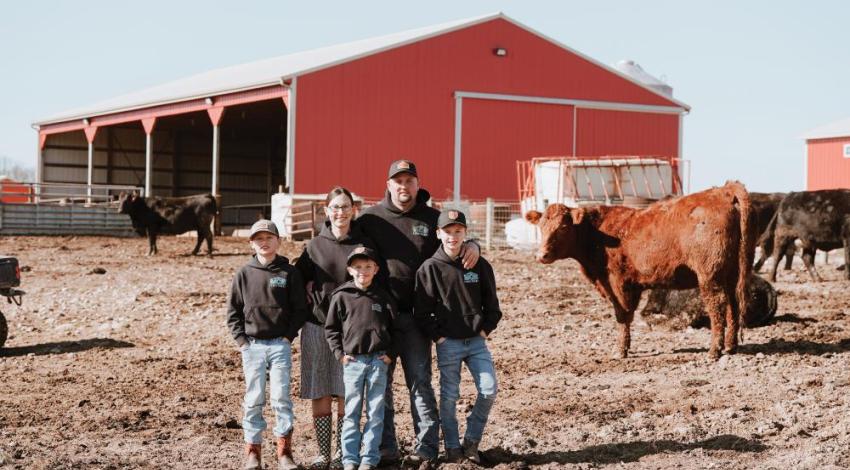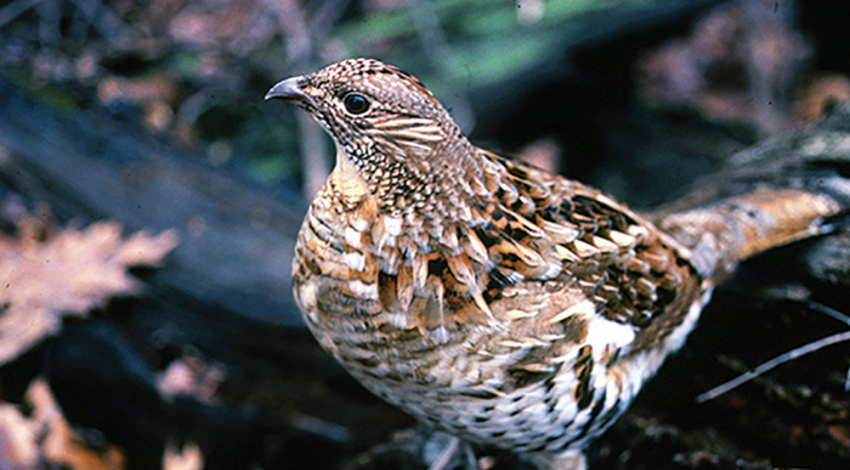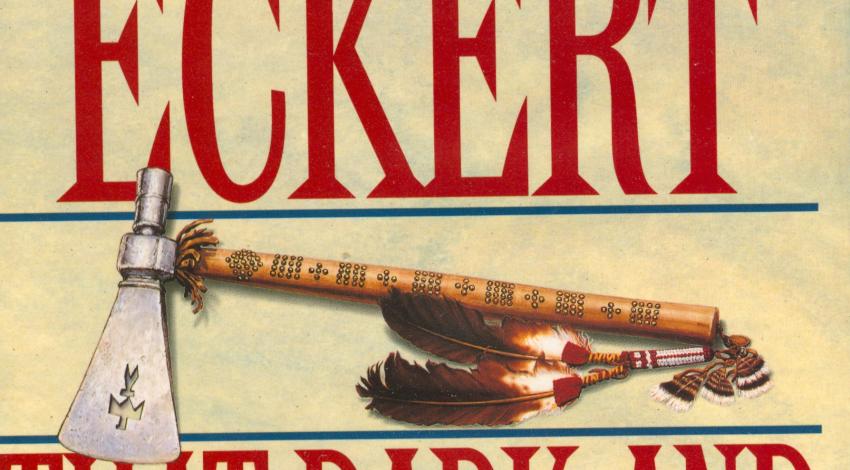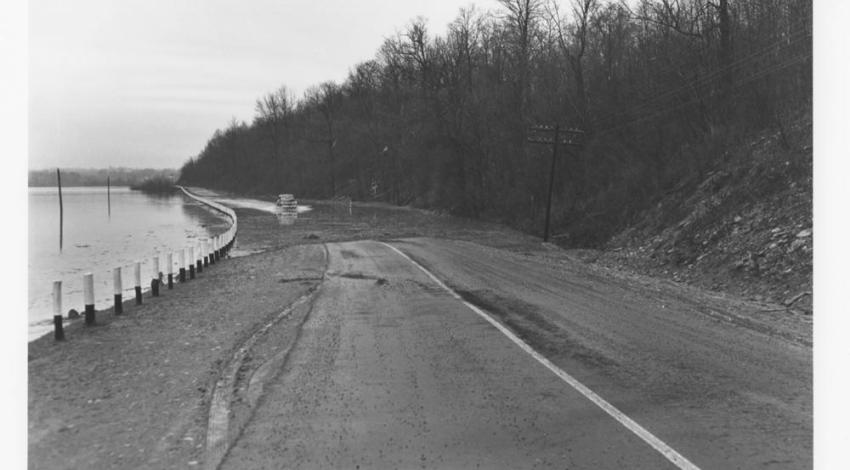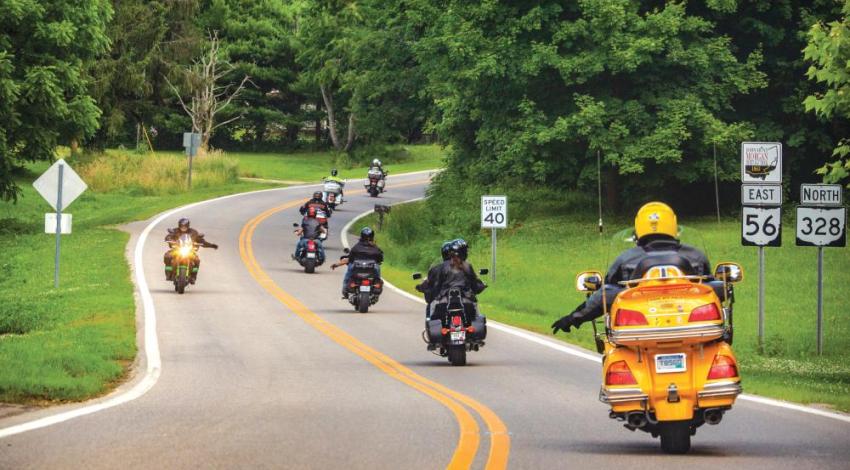Jamie Rhein
Ohio is generally a dog-friendly state — more than a third (36.6 percent) of the state’s households include a canine resident — and research tells us that nearly two-thirds of dog owners consider their pup to be a member of the family. So when summer travel beckons, it’s nice to know where your tail-wagging pal can come along for the ride.
On August 4, 1879, before the sun rose over the craggy mountains in western West Virginia, the oil boomtown of Volcano turned into a “lake of fire.” By the time the blaze died, Volcano was almost gone. The post office, opera hall, bowling alley, saloons, and all but a few buildings had been reduced to ash.
The fire didn’t end Volcano’s existence right away, as a few remained to continue oil production, but what had been a bustling burg was on an irreversible path to becoming the ghost town that it is today.
The first containers Kathleen Killilea remembers planting were terra cotta window boxes with cherub embellishments. “My father lifted me over the wall of a client’s garden and handed them to me,” she recalls. Killilea’s job was to place those flower boxes she had helped to plant. She and her brothers played assistant to their dad, who started working at deMonye’s Greenhouse in Columbus when he was 13 years old and grew up to own it.
Head to Splatter Park near Mt. Gilead on a crisp, fall day, or pre-spring, before trees bud, and you’ll almost always find at least a little company. By summer, though, you’ll join as many as 600 other paintball warriors at a time looking to splatter their foes.
Charles Young was born into slavery in Mays Lick, Kentucky, in the time just after Abraham Lincoln delivered the Emancipation Proclamation and just before the ratification of the 13th Amendment, which abolished slavery.
His parents, technically still considered runaway slaves, carried him as an infant across the Ohio River to the freedom granted them when his father enlisted in the Union Army.

